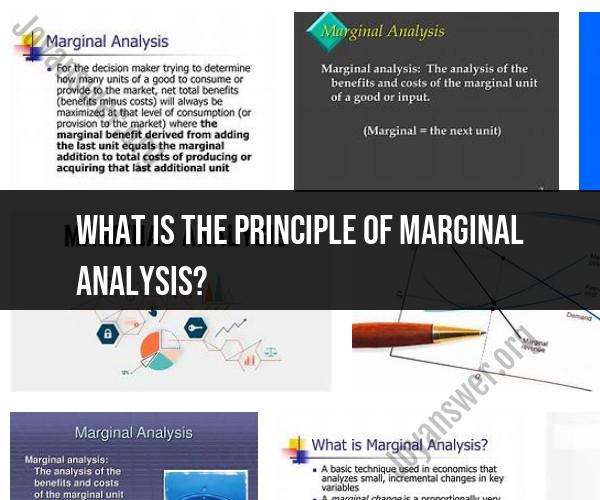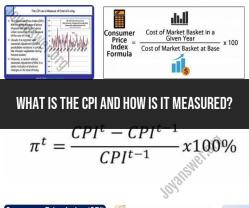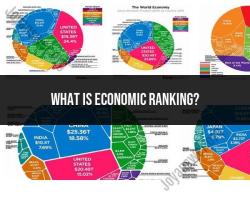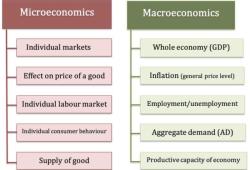What is the principle of marginal analysis?
The principle of marginal analysis is a fundamental concept in economics and decision-making that involves evaluating the incremental or marginal benefits and costs of a decision or action. It helps individuals, businesses, and policymakers make rational choices by considering the additional or incremental effects of their decisions. Here are key concepts related to the principle of marginal analysis:
Marginal Benefit (MB): Marginal benefit refers to the additional benefit or utility gained from consuming one more unit of a good or service. It represents the extra satisfaction, enjoyment, or value obtained by making a small change in the level of consumption.
Marginal Cost (MC): Marginal cost refers to the additional cost incurred when producing one more unit of a good or service or when making a specific decision. It represents the extra expense or sacrifice associated with increasing the level of production or taking a particular action.
Optimal Decision-Making: The principle of marginal analysis suggests that individuals and firms should make decisions at a point where the marginal benefit equals the marginal cost (MB = MC). This is known as the "optimal" or "equilibrium" point and is considered the most efficient choice.
Diminishing Marginal Returns: In many cases, the principle of diminishing marginal returns applies, meaning that as one continues to consume or produce more of a good or service, the marginal benefit tends to decrease, while the marginal cost often increases. This reflects the idea that the first few units of a good or service provide the most significant benefits at the lowest cost.
Decision-Making Examples: Marginal analysis can be applied to various decision-making scenarios, such as pricing decisions, production levels, resource allocation, and consumption choices. For example, a business may use marginal analysis to determine the optimal quantity of a product to produce, considering the additional costs and revenue associated with each additional unit.
Sunk Costs: When conducting marginal analysis, it's crucial to focus on future costs and benefits rather than considering sunk costs. Sunk costs are costs that have already been incurred and cannot be recovered. They should not influence current decisions.
Comparative Analysis: Marginal analysis often involves comparing the marginal benefit and marginal cost of alternative courses of action. Decision-makers choose the option with the highest net benefit (MB - MC).
Policy Implications: Policymakers use the principle of marginal analysis to assess the potential effects of various policies, taxes, subsidies, and regulations. They aim to make choices that maximize overall societal welfare.
Dynamic Decision-Making: Marginal analysis is not limited to one-time decisions. It can be applied dynamically to continuously adjust choices as circumstances change, helping individuals and organizations adapt to evolving conditions.
Constraints: Real-world decision-making may involve constraints, such as budget limitations or resource constraints. Marginal analysis helps determine how to allocate resources efficiently under such constraints.
In summary, the principle of marginal analysis involves assessing the incremental benefits and costs of decisions, with the goal of making choices that maximize utility, profit, or societal welfare. It is a powerful tool for rational decision-making in various economic and non-economic contexts.












